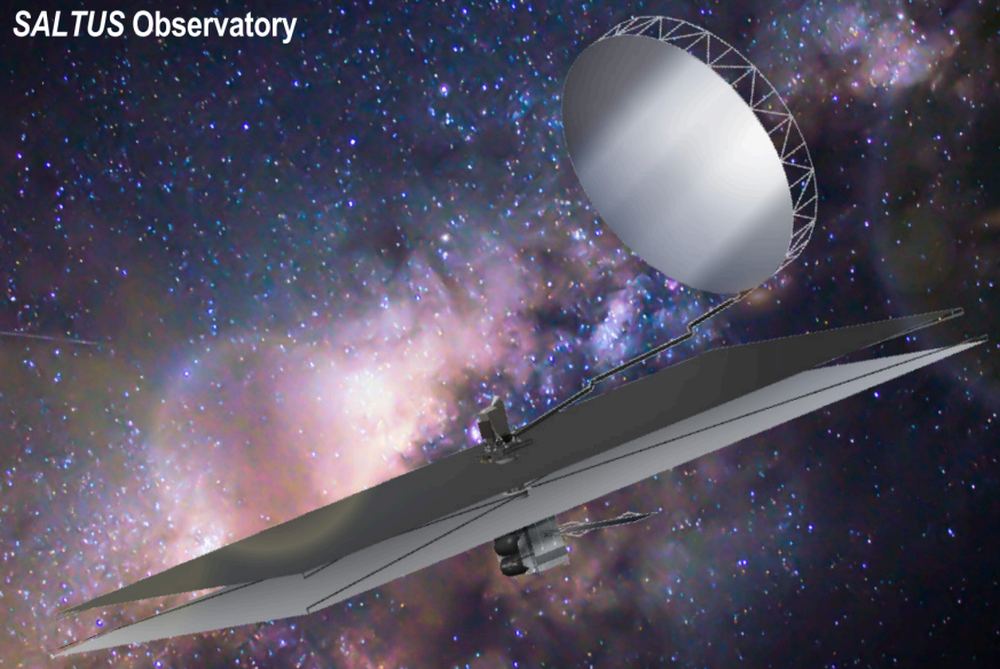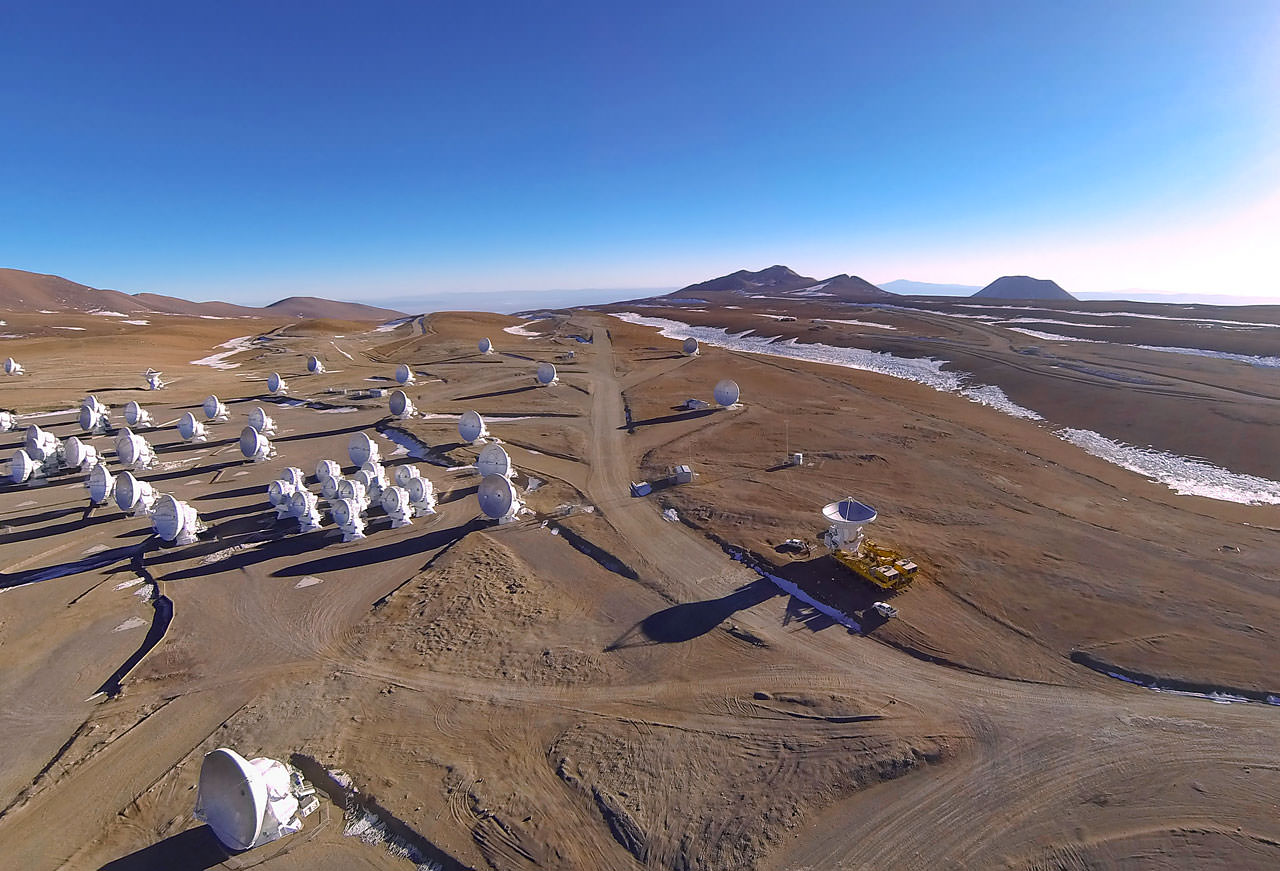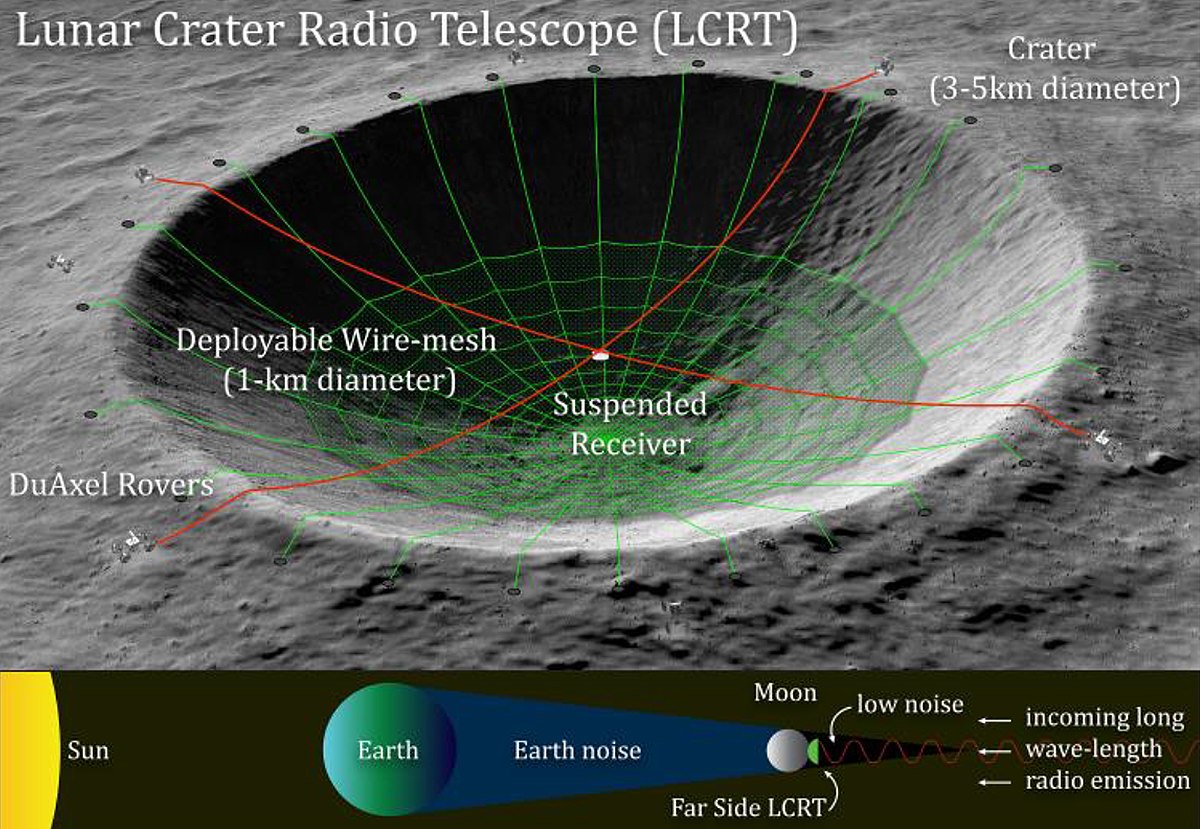Astronomers have been battling threats to their clear skies on all fronts lately. One of the most notable battles, which we have reported on repeatedly, is the one against Starlink and other mega-constellations of satellites, which, while they offer high-speed internet in the most far-flung places, also disrupt observations by sensitive telescopes due to their reflectivity and fast movement speed. They also pose a global problem, whereas a more down-to-earth issue is cropping up at one very special observatory. A vast industrial plant threatens the European Southern Observatory’s Paranal telescope planned only a few kilometers from the site.
Continue reading “A New Industrial Megaproject Threatens the View of the World’s Best Observatories”A New Industrial Megaproject Threatens the View of the World’s Best Observatories










